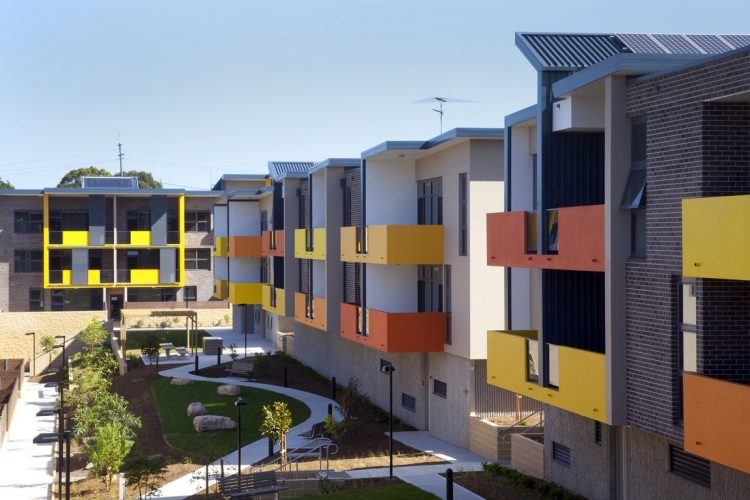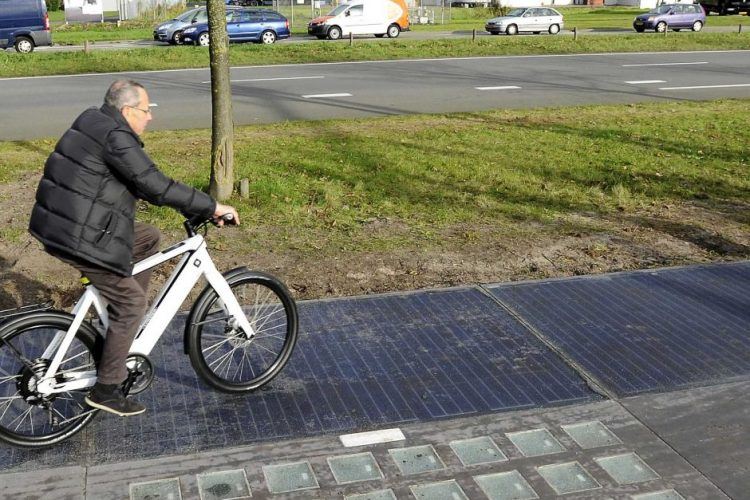
Given that most major cities consist of millions of people, industry, pets, vehicles, and much more that contribute to global warming and pollution, we need to ensure that we invest in environmental efforts that just don’t help the planet, but benefit the residents of those cities too. Although most are yet to achieve green perfection, some are now becoming centers of modernization as available funding, bright ideas, and green sensibilities unite.
Different cities have different sustainability strengths, but according to the Siemens Green City Index by the Economist Intelligent Unit, the world’s greenest towns score highly in CO2 emissions, environmental governance, water and waste management, and transportation options, among others.
This article looks at five amazing eco-city projects you may not know exist. They are doing their best in cutting down on greenhouse gases. From running a solar-powered farmers’ market to running down centers on geothermal heat, the projects might just inspire many other cities across the world to join the bandwagon.
Solar-Powered Farmers Market in Albuquerque, New Mexico

There are many benefits you can get by becoming a regular fixture at your local farmers market, especially for your green eating habits. It can teach you to rely on, and enjoy seasonal produce, and encourage you to pack your diet with more fruits and vegetables instead of processed foods. It makes you stay in touch with farmers in your local area. However, for residents of Albuquerque, New Mexico, the market goes beyond fresh produce.
In 2011, the city decided to run its Downtown Growers Market on solar energy. Sound equipment, cash machines, and any other electricity-run device are powered by a four-panel solar array that raked in over 1000 watts. With this project, the city hopes to make the solar-run market a regular occurrence which can be spread and replicated in all cities over the country, and hopefully across the globe.
Lilyfield Housing Project in Sydney, Australia

All over the world, government housing projects provide citizens with affordable housing although sustainability is never a priority. The narrative is not the same in Sidney, Australia where Lilyfield Housing Redevelopment project received a 5-star rating, the highest rating from Australian LEED Company. With notable eco-friendly design touches; natural ventilation and passive solar means the buildings don’t need air conditioning. Among other enviable features include:
- No parking but vehicles have space for residents’ bicycles,
- Water tanks that harvest over a hundred thousand liters of rainwater,
Water gardens and fill toilets,Outfitted solar photovoltaic and thermal panels.
Solar-Collecting Bicycle Paths in the Netherlands

Cycling is a popular hobby in the Netherlands. As such several companies combined forces for the installation of bike pathways that can collect harvest solar power to go back into the grid. The project consists of concrete panels topped with glass; there are silicon solar cells between the glass and concrete designed to trap energy of over fifty kilowatts annually per square meter. Although it doesn’t appear to be much, eventually the paths could cover over a hundred and thirty seven kilometers of the pathway.
Windfall Farm and Urban Cycling Campaign -Cape Town, South Africa

Cape Town, South Africa’s second-largest city, has made some of the biggest environmental achievements of its kind on the African Continent. The city has pushed for more energy conservation and greater use of renewable resources. Recently the town created the country’s first ever windfall farm. By 2020, the city aims to get 10 percent of its energy from renewable resources. With this project, life in the city is transforming, more bike routes are becoming available, and farmers markets are quite popular. There is an environmental committee that works to support green initiatives to rehabilitate and care for the surrounding open space system. Most residents have solar energy systems and grow their own vegetables.
Storm water Capture in New York, New York

In 2010, organizations with plans for capturing storm water runoff were awarded over $ 2.6 million by the Department of Environmental Protection in New York City as part of the Flushing and Gowanus Green Infrastructure Grant Initiative. The main idea behind this grant is to provide funding for plans that can reduce combined sewer overflows, which happen whenever storm water is diverted into New York City’s surrounding waterways during heavy storms. Among the winning ideas for this project include:
- A Greenstreets’ capture system in Rego Park that can capture water from a three-acre watershed,
- Bioretention basis that can store over 200,000 gallons of water under the Long Island Expressway,
- 5,000 square –foot treatment wetlands that address 72,000 gallons of runoff in Flushing Meadows Corona Park after every storm.
The effects of global warming could also be minimal, and the quality of life could improve significantly if we continue implementing these initiatives. It’s really up to the governments and residents of each country to put in an effort to seek projects that are friendlier to the entire eco-system.


Comments
Loading…